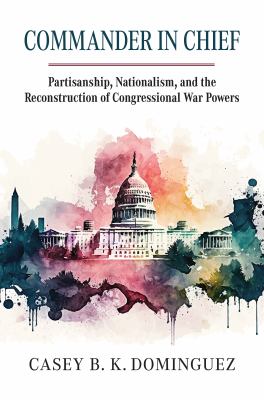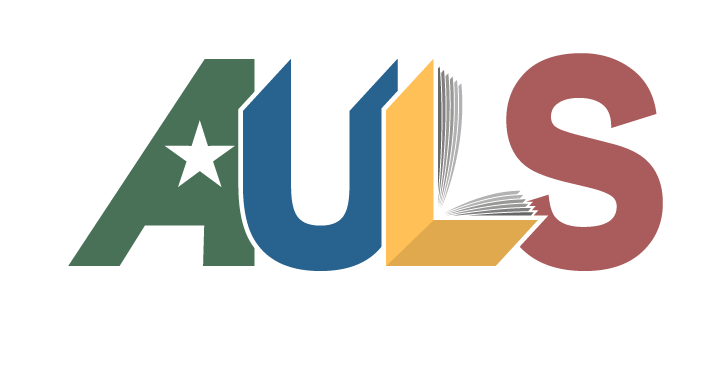
Book
|
Commander in chief : partisanship, nationalism, and the reconstruction of congressional war powers
Copies
1 Total copies, 1 Copies are in,
0 Copies are out.
Title
Commander in chief : partisanship, nationalism, and the reconstruction of congressional war powers
Call No
342.73 0412
Authors
Subjects
Language
English
Published
Lawrence, Kansas : University Press of Kansas, 2024
Publication Desc
xii, 251 pages : illustrations ;
ISBN
9780700636518 (hardcover)
LCCN
2023037117
Target Audience
Adult
Dimensions
24 cm
MLA
APA
Chicago
0
/
0








